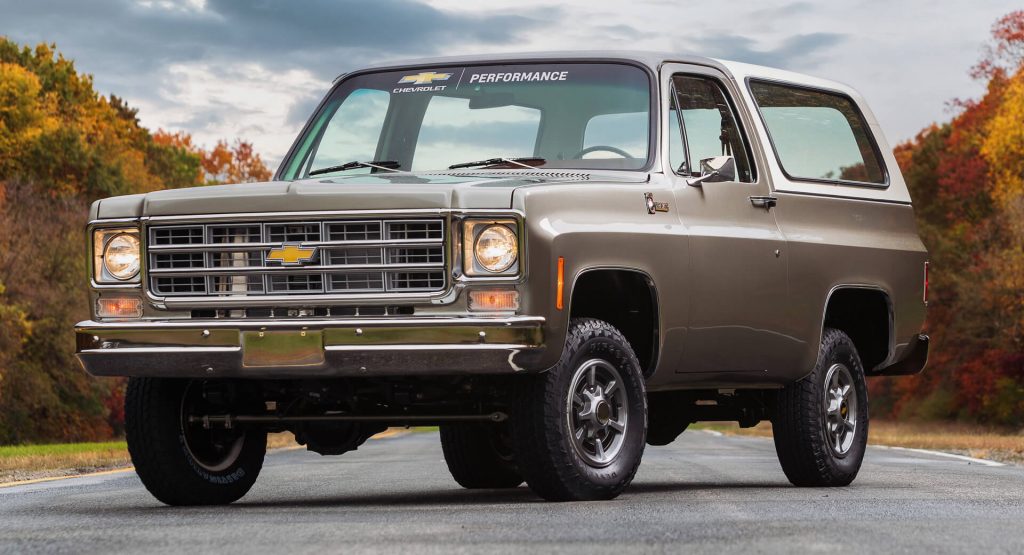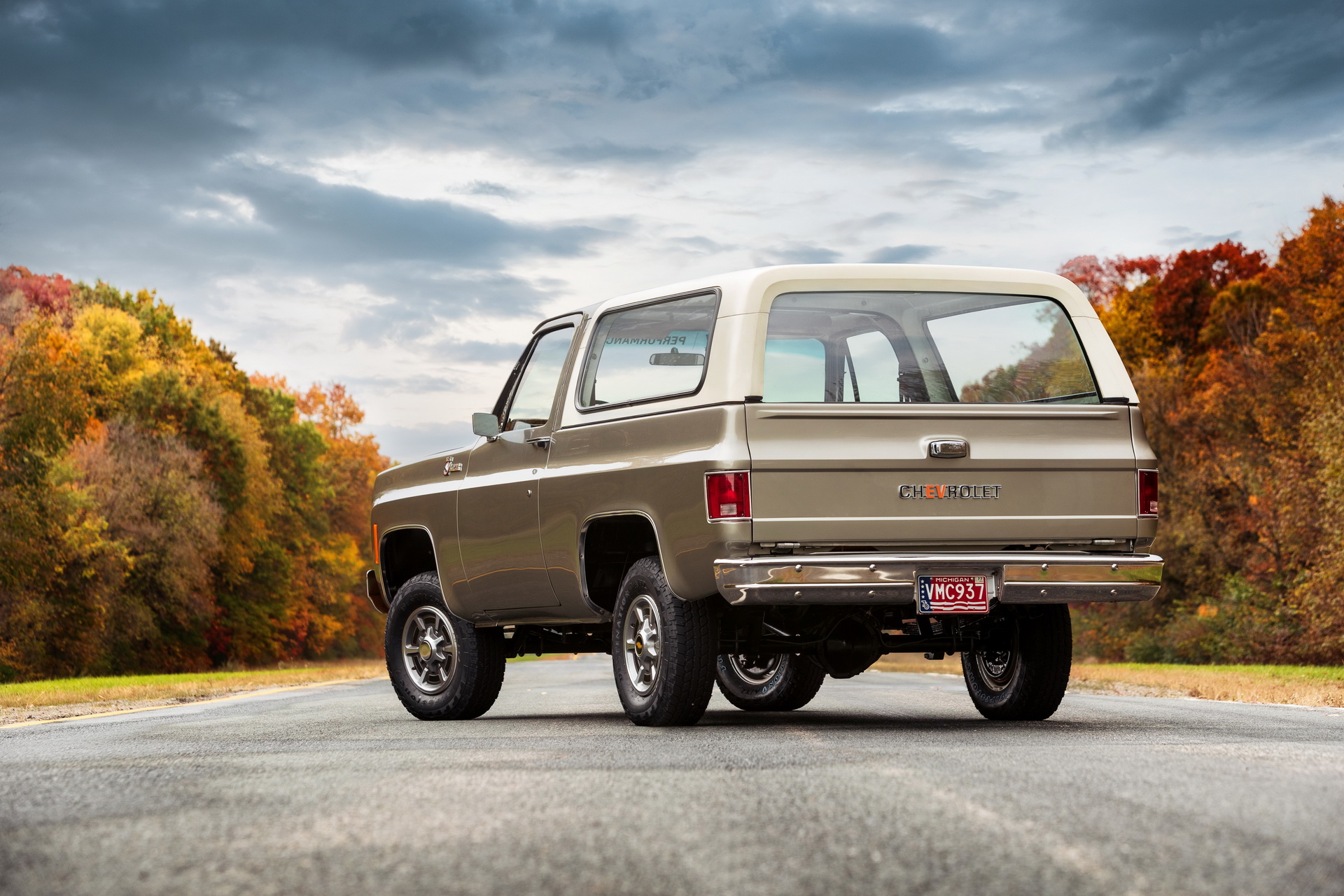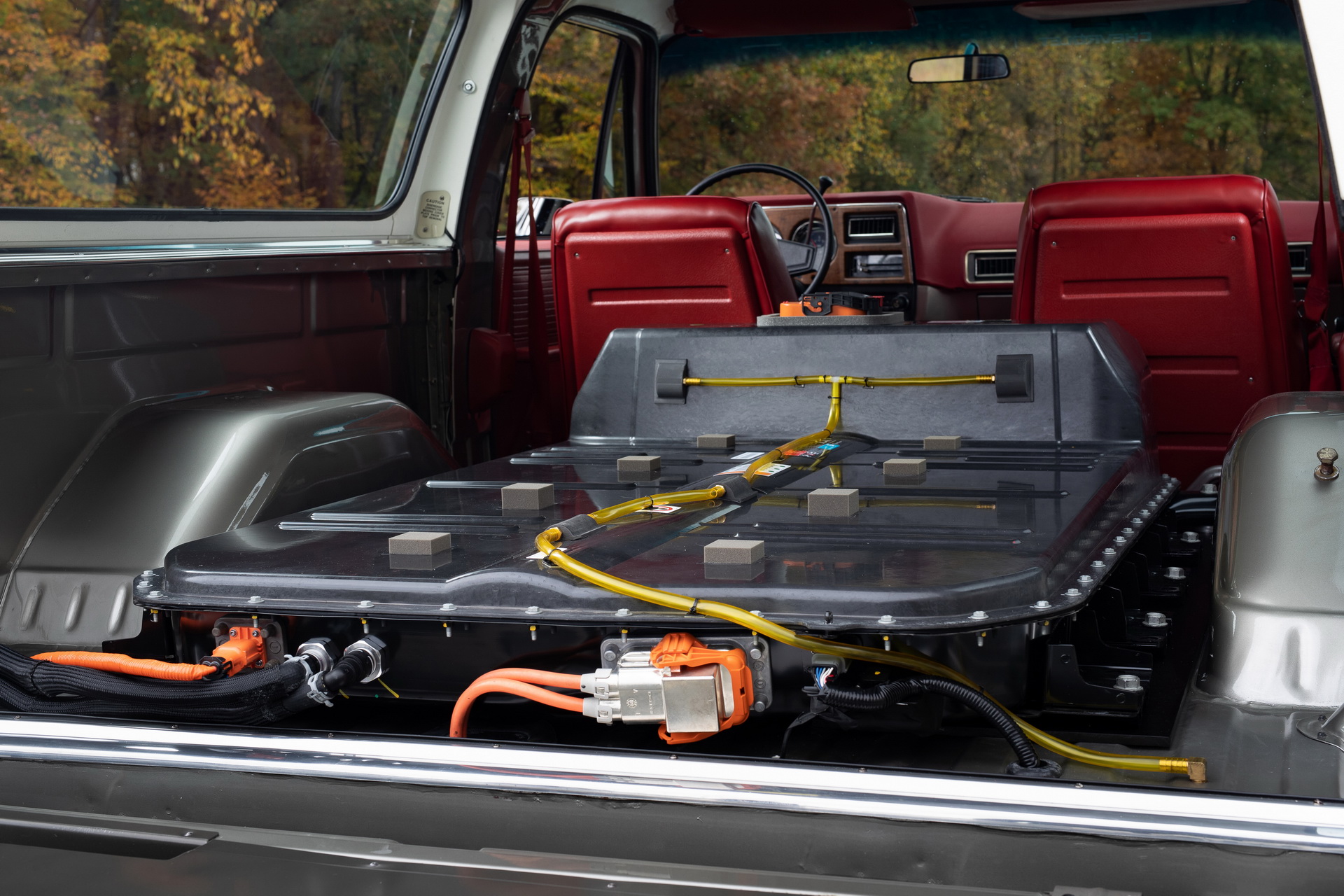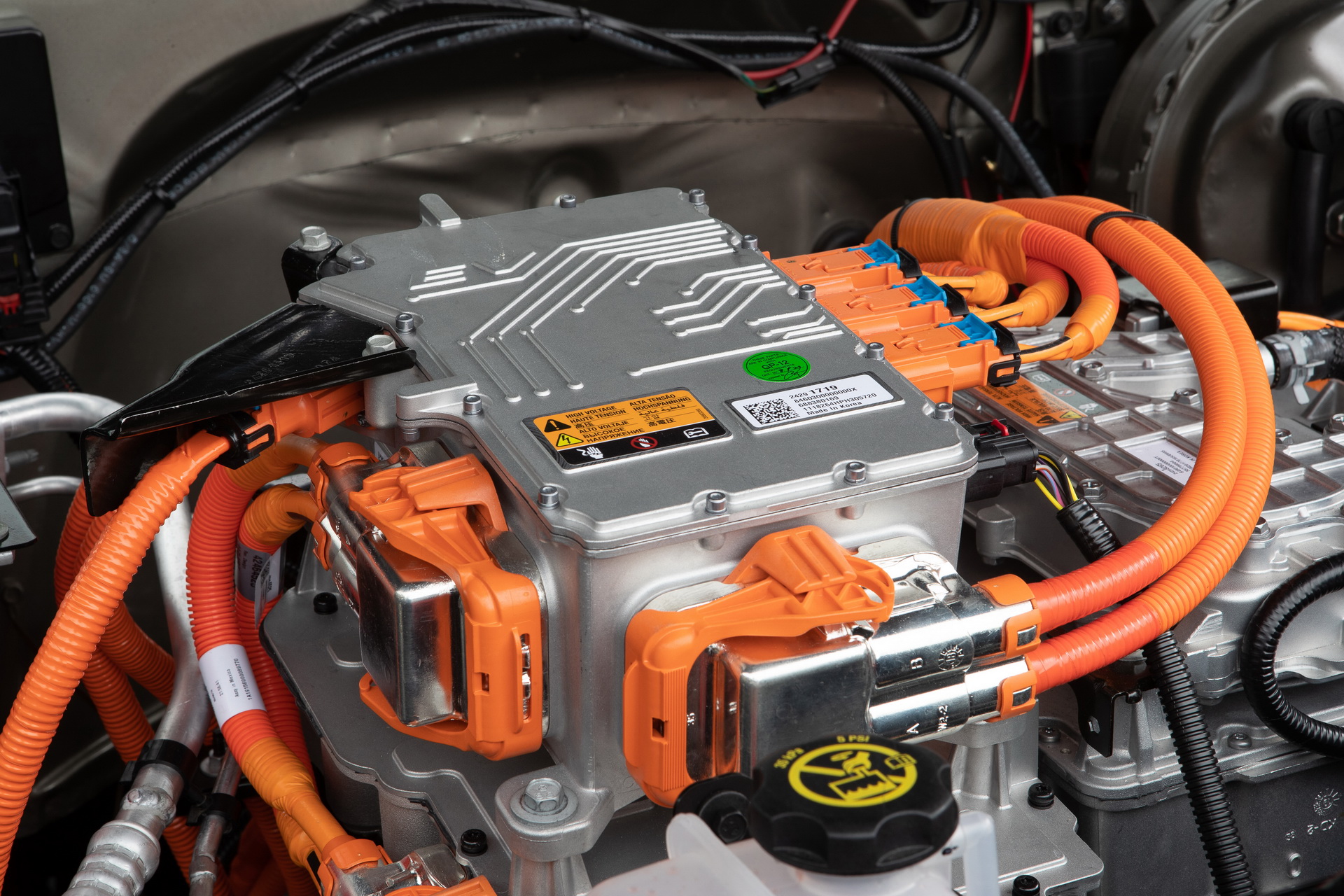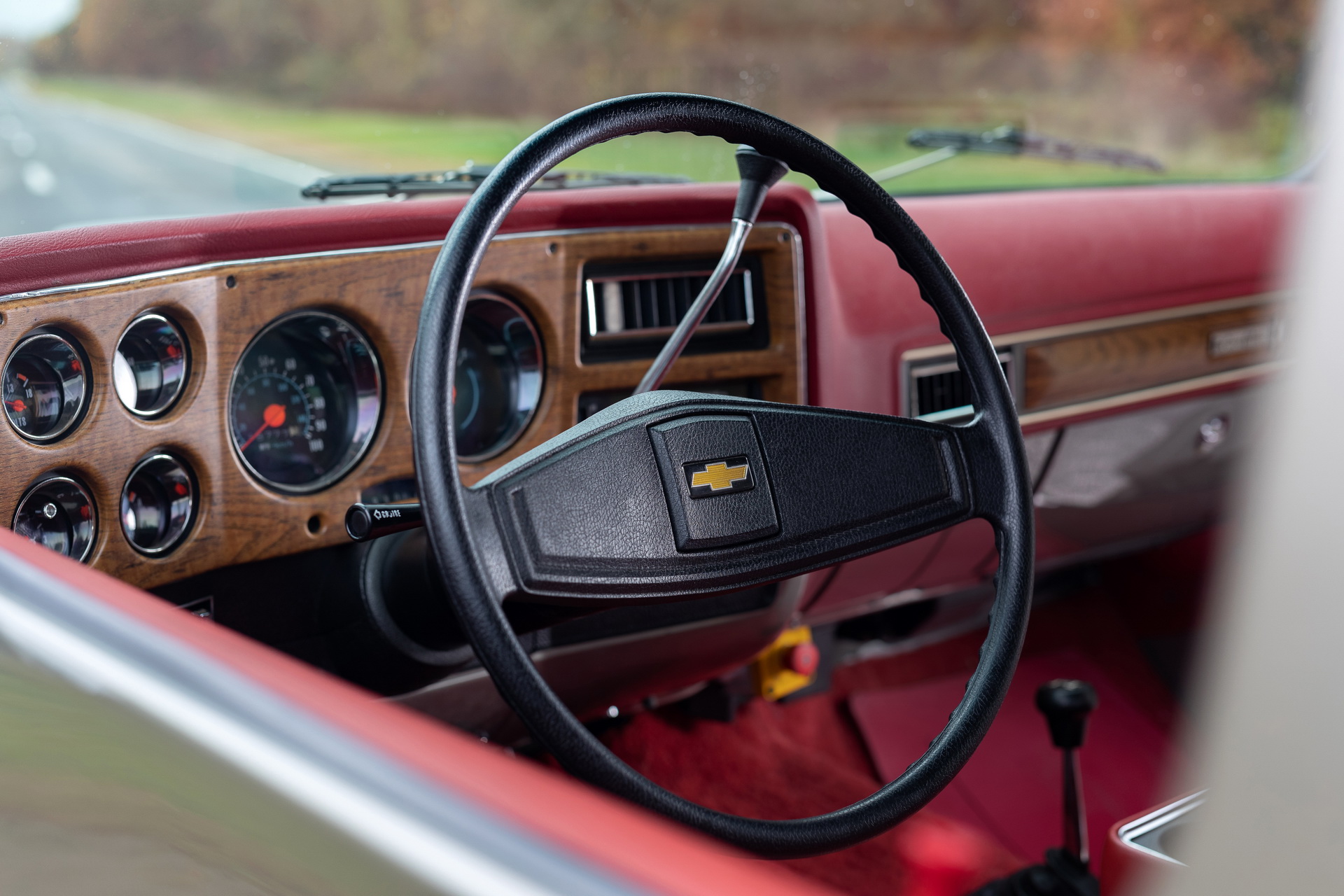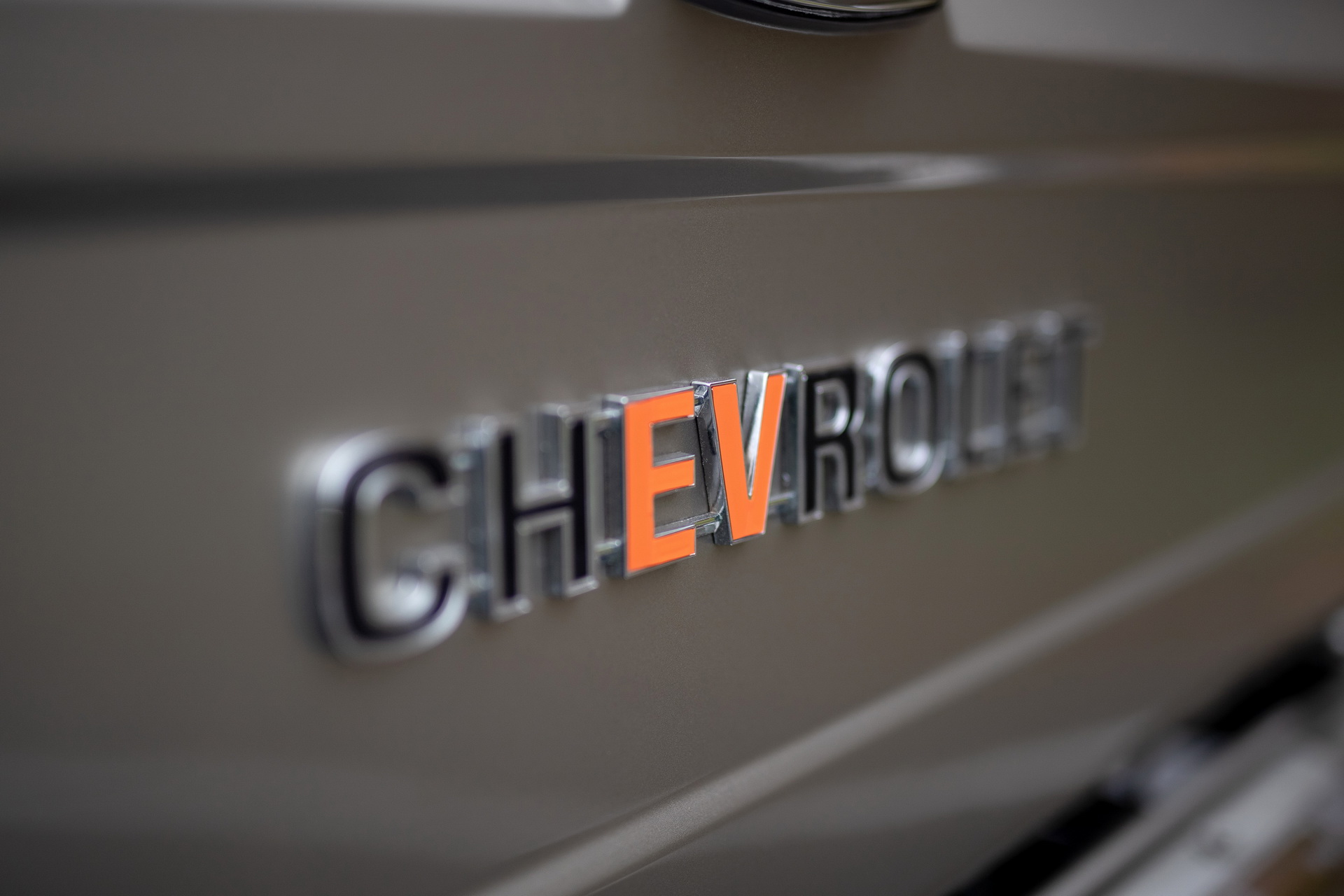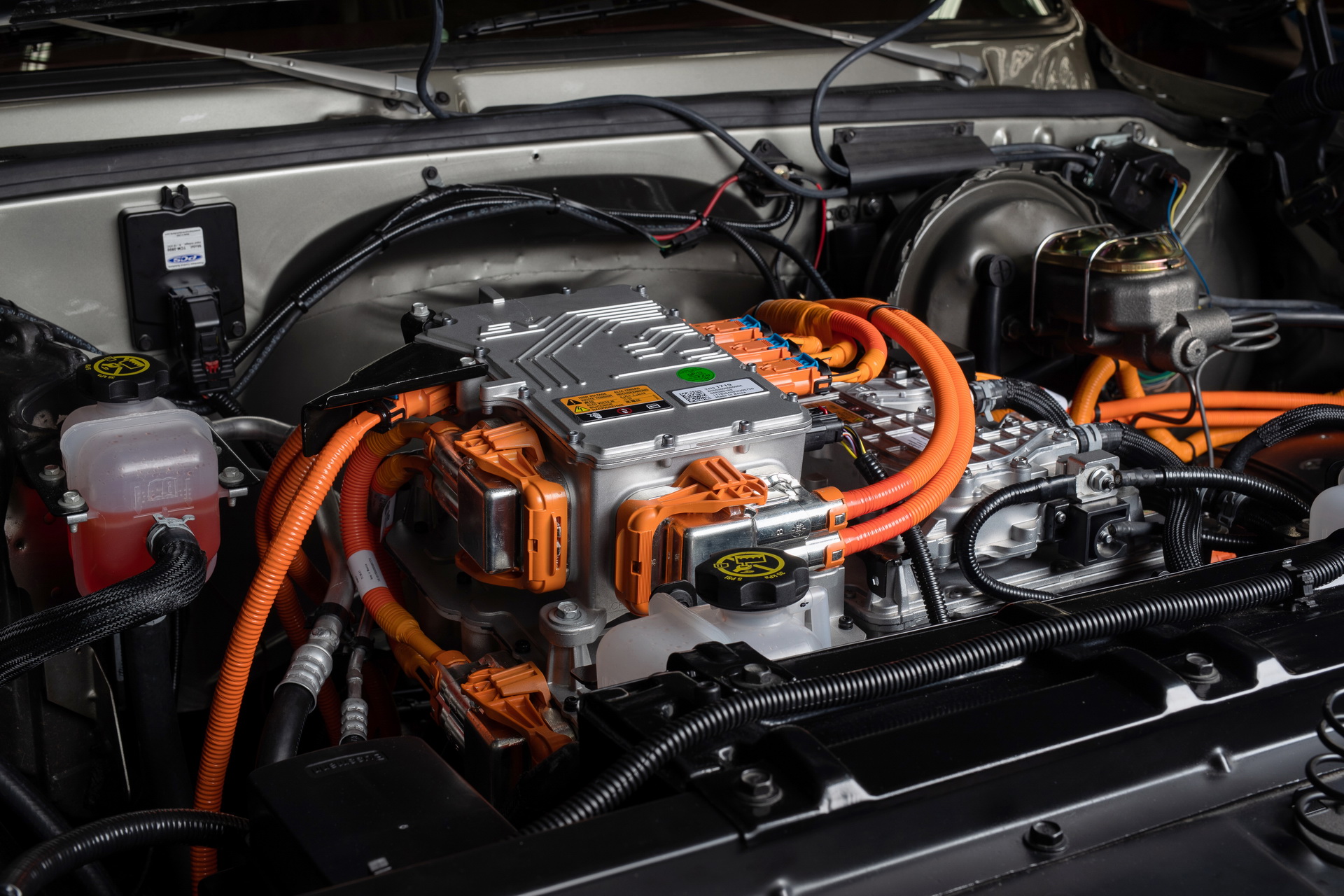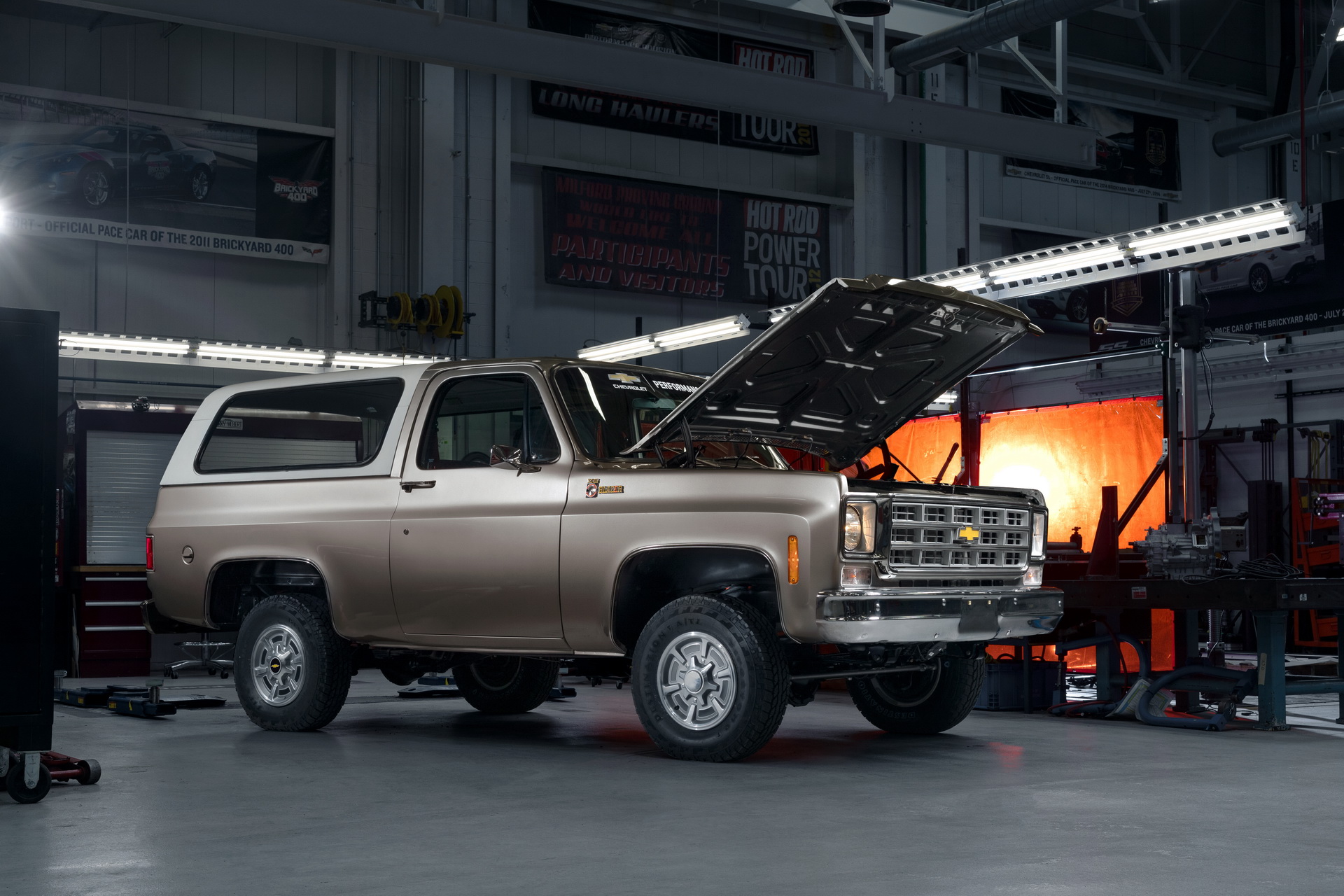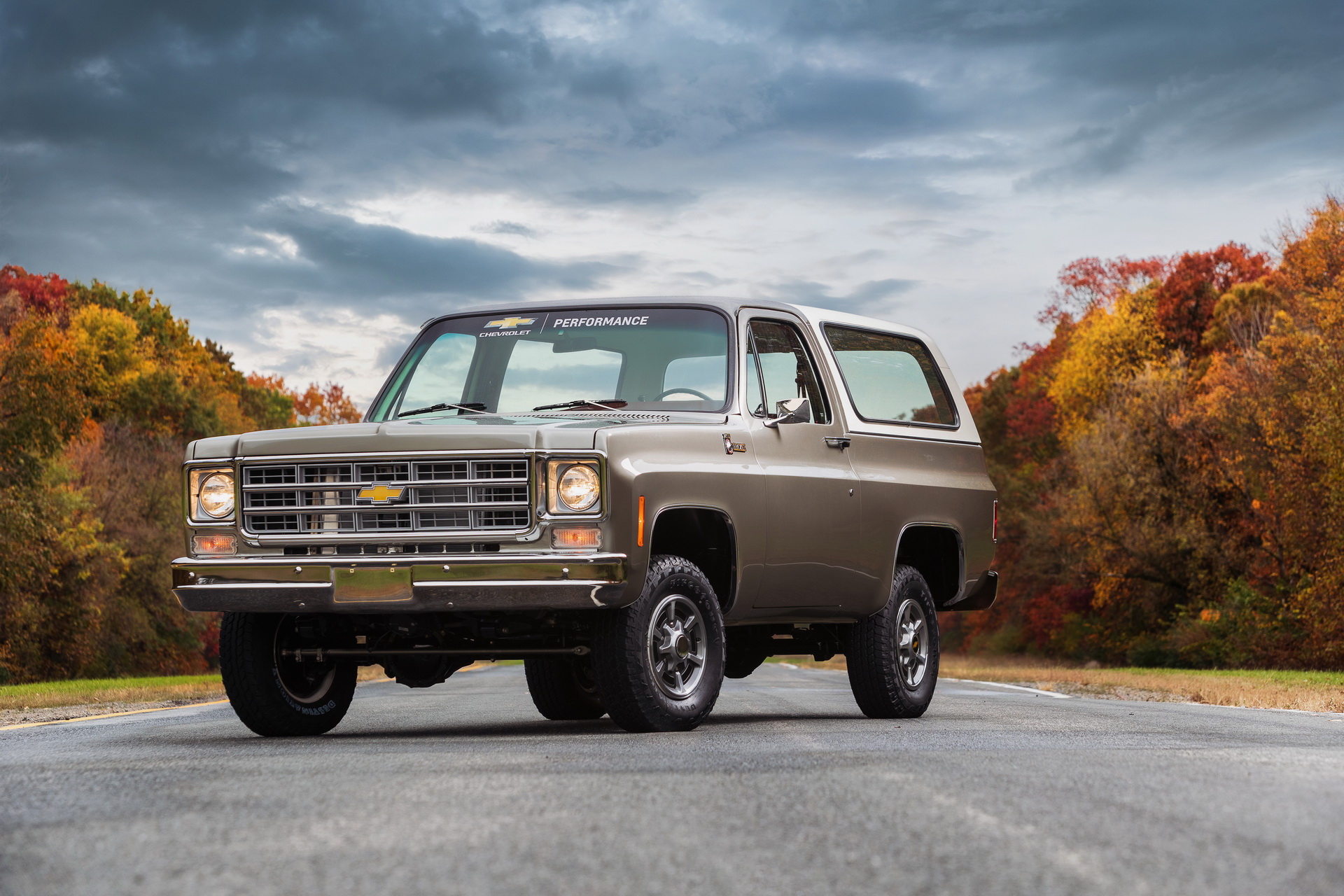Chevrolet Performance is in the process of certifying the Electric Connect and Cruise Package, expected to launch in the second half of 2021, aimed at those interested in building their own electric projects.
In the meantime, however, they keep building up the hype by presenting another electric concept, a 1977 K5 Blazer, which has embraced its zero-emission side. It follows in the footsteps of the 2018 eCOPO Camaro and 2019 E-10, and will sit under the spotlight at the 2020 SEMA Show digital event.
The classic Blazer retains the original drivetrain, transfer case, driveshaft, and axles, but the 400-cubic-inch V8, with 175 HP, three-speed automatic transmission, fuel system, and exhaust have been removed to make room for the Bolt’s electric motor. The unit generates 200 HP and 266 lb-ft (361 Nm) of torque and comes paired to an electronically-controlled four-speed auto.
Review: 2019 Chevrolet Blazer First Drive Reveals More Strengths Than Weaknesses
A 60 kWh battery pack is installed in the cargo area, supplying energy for an undisclosed range. The study also features other amenities borrowed from the Bolt EV, including the battery heating and cooling, overcharge protection, shock protection, and even regenerative braking. Other aftermarket components include an electric power steering, electric pump that provides vacuum to the stock brakes, and custom gauges displaying the necessary information.
“Minutes after Chevrolet showed the E-10 concept, customers started calling to ask how soon they could build their EV project”, said the bowtie brand’s director of Engineering, Performance, and Racing, Russ O’Blenes. “The K5 Blazer-E demonstrates what is possible for customers who want to convert their vintage truck to a daily driver with the instant torque and unique driving experience of an EV. For customers who want more extreme performance, the eCrate system will have virtually limitless applications.”
Chevy’s Electric Connect and Cruise Package will include the 200-horsepower electric motor, 60 kWh battery pack, DC-to-AC power inverter to drive the motor, DC-to-AC power converter that will supply the power to the low-voltage systems, and the wiring harnesses, controllers, and water pumps for battery heating and cooling.



